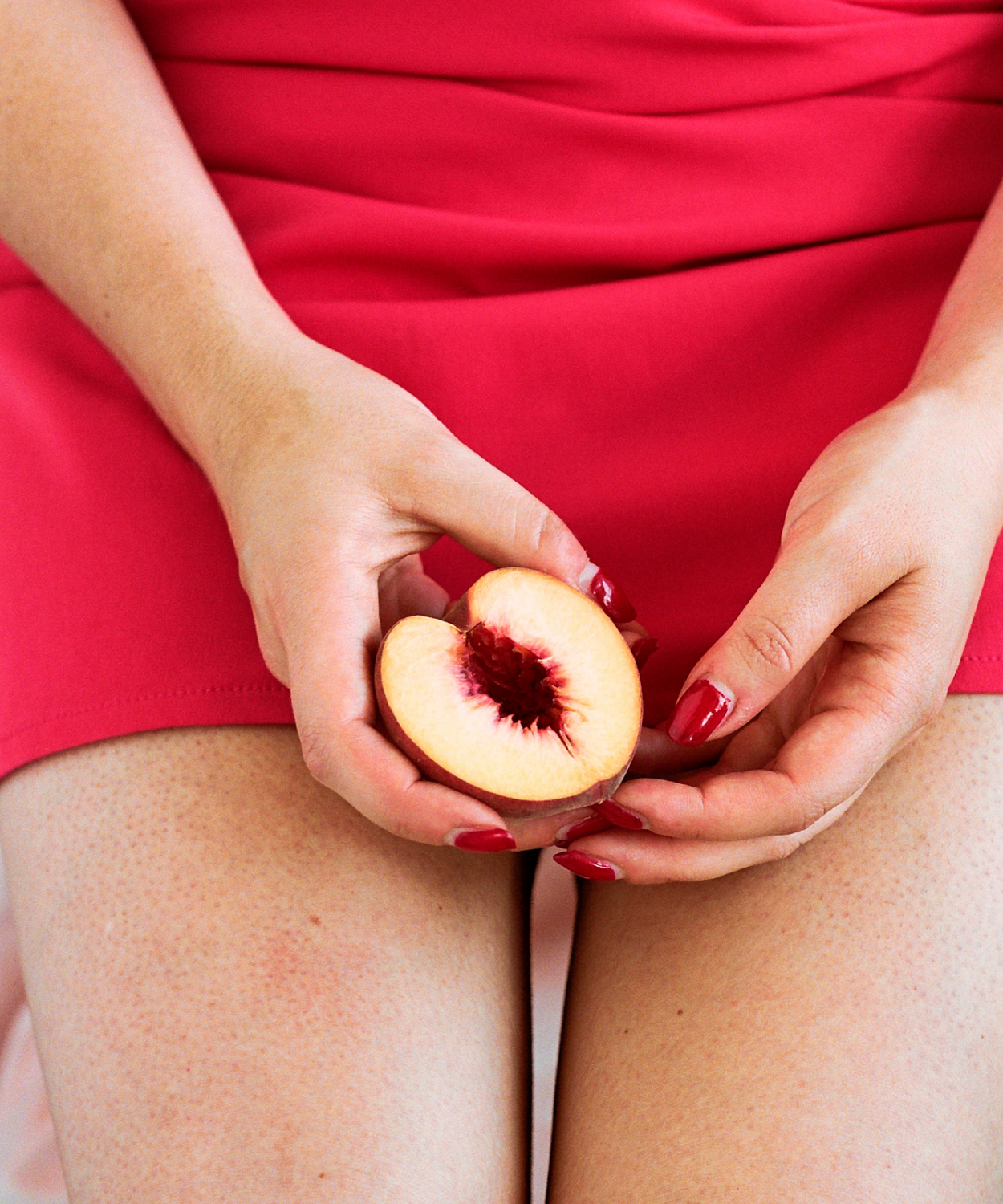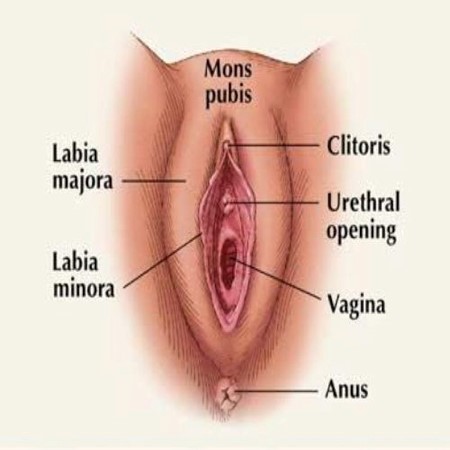Just like young girls are often told to wash and clean their vulvar tissue (see part I), they’re often NOT told to examine their own tissue.
Examining your own vulvar tissue should be as normal and routine as self-breast examinations. There are various conditions that can arise as we age that involve our vulvar tissues. If we are unable to know what our normal is, it becomes tough to identify something as abnormal.
Between menstrual cycles, it is recommended to perform a self-examination of your vulvar tissue once a month. If you are no longer menstruating, choose one day a month to perform self-exams.

Step-by-step Process:
- Use a handheld mirror and either lay on a bed, sit on the toilet, or stand with one leg elevated on the side of the tub.
- Be sure to use clean hands and have good lighting
- Examine the genitals looking for lesions, warts, ulcers, bumps, lumps, growths, rashes, and ingrown hairs
- Look for changes in the skin
- Although not uncommon for women to have moles or birthmarks in the vulvar area, use pictures or write down specific qualities/characteristics to track any potential changes
- Move on to more specific examinations of (pic below for guidance):
Mons pubis
Clitoris
Labia minora
Labia majora
Perineal body (space between vagina and anus)

If you ever notice a major change, seek medical care for a diagnosis and treatment options.
See one of our expert therapists if you would like to know more or are experiencing symptoms.

